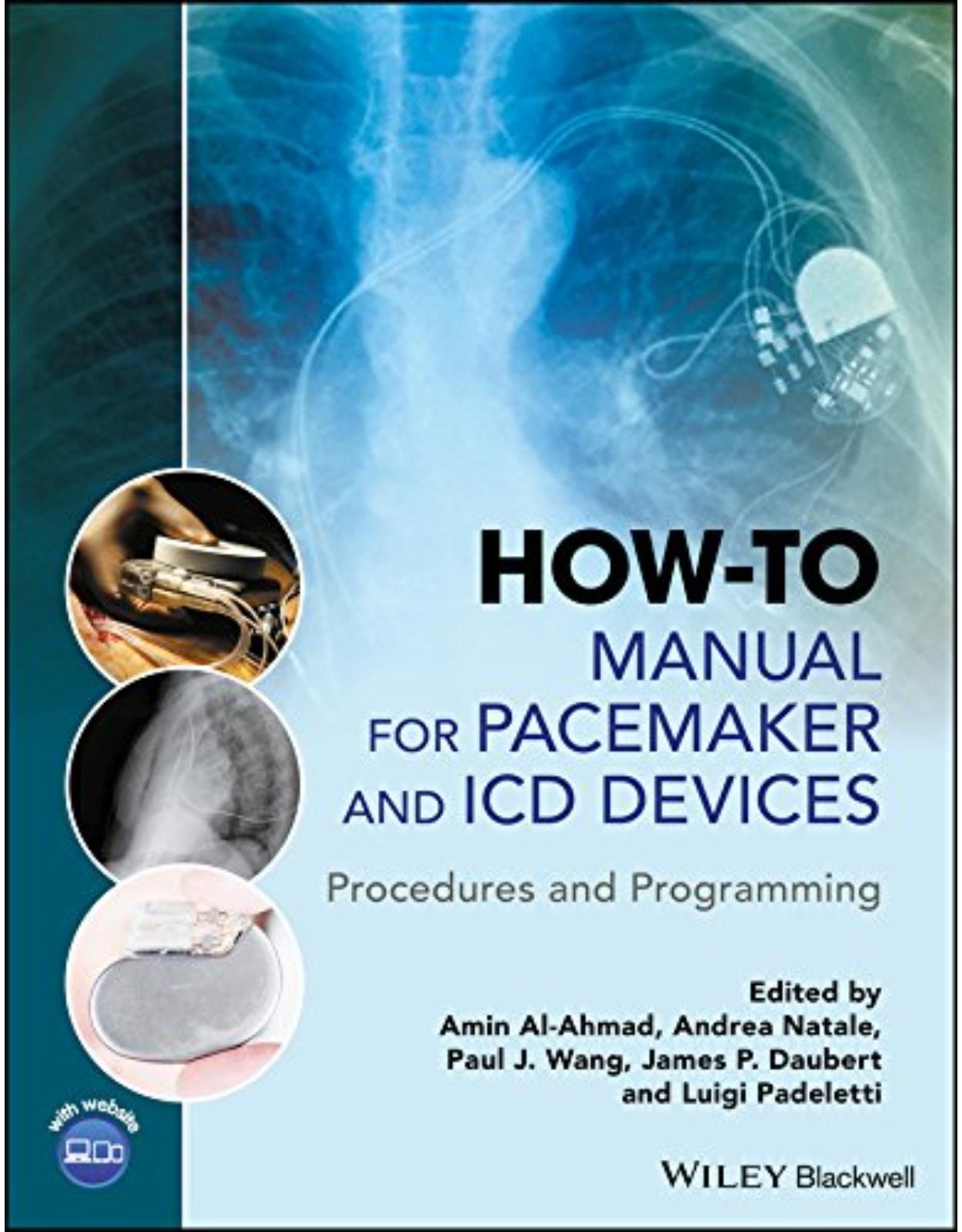
How-to Manual for Pacemaker and ICD Devices: Procedures and Programming
Livrare gratis la comenzi peste 500 RON. Pentru celelalte comenzi livrarea este 20 RON.
Disponibilitate: La comanda in aproximativ 4 saptamani
Autor: A Al–Ahmad
Editura: Wiley
Limba: Engleza
Nr. pagini: 296
Coperta: Paperback
Dimensiuni: 216 x 280 x 16 mm
An aparitie: 23 Feb 2018
Description:
A complete, how-to-do-it guide to planning, programming, implementing, and trouble-shooting today?s pacemakers and other implantable cardiac devices
Edited by a team of leading clinician-educators this is a practical, go-to reference for trainees and clinical staff who are new to or less experienced with the programming and management of implantable devices. It distills device best-practices into a single, quick-reference volume that focuses on essential tasks, common pitfalls, and likely complications. Each chapter follows a hands-on, how-to-do-it approach that helps readers quickly master even the most challenging device-related tasks?such as programming and how to respond confidently when complications arise.
Today?s pacemakers and other implantable EP devices are to earlier versions what smart phones are to rotary phones. They are not only smaller and more comfortable; they offer complex programming options that allow clinicians to adapt a device to individual patient requirements. As they continue to become smaller, smarter, and more adaptable, these devices also become more challenging for clinicians to set up, manage and monitor. This unique, quick-reference guide dramatically reduces the learning curve for mastering this essential technology by giving doctors and technicians the how-to information they need.
Focuses on tasks clinicians perform, including pre-implementation, planning, programming, management, troubleshooting, and more
Shows how expert clinicians achieve optimal outcomes in their own labs with real-world examples
Features more than 300 images, including ECGs, X-ray and fluoroscopy, images from device interrogation, intracardiac electrograms, and color electoanatomical maps
Provides eight videos on an accompanying website demonstrating key tasks and techniques
Also available in an digital version, enhanced with instructional videos, How-to Manual for Pacemaker and ICD Devices is an indispensable ?tool of the trade? for electrophysiologists, fellows in electrophysiology, EP nurses, technical staff, and industry professionals.
Table of Contents:
Part One
1 How to Access the Cephalic Vein Using a Cut-down Approach
Procedure Description
Potential Pitfalls and Complications
Conclusions
References
2 Extrathoracic Subclavian Vein Access
Venous Anatomy
Accessing the Extrathoracic Subclavian Vein
Extrathoracic Axillary Access
References
3 Subcutaneous Implantable Cardioverter-Defibrillator
Patient Selection
Anatomic Landmarks for Implantation and Prepping
Implantation Procedure
Two-Incision Technique for Implantation
Defibrillation Testing and Device Programming
Conclusions
Acknowledgments
References
4 Internal Jugular Venous Access and Lead Implantation for Cardiac Implantable Electronic Devices
Patient Selection and Preparation
Procedure
Long-Term Outcome
References
5 Implantation of the Left Ventricular Lead
Venous Access
Coronary Sinus Catheter
Coronary Venous Anatomy
Cannulation of the Coronary Sinus
Coronary Sinus Venogram
Lead Placement
Removal of Delivery Platform
Complications of CRT
References
6 How to Place a Lead in the Azygos Vein
Azygos Vein Anatomy
Implant Technique
Variation For Right-Sided Implants
Case Example
Limitations
Conclusions
References
7 Alternative Site Pacing: A Guide to Implantation Techniques
Bachmann’s Bundle Pacing
His Bundle Pacing
Right Ventricular Outflow Tract (Septal) Pacing
Conclusions
References
8 How to Maximize CRT Response at Implant
Pre-implantation Evaluation
Assessment of Coronary Vein Anatomy
Transvenous LV Lead Implantation
Targeting LV Lead Placement
Alternative LV Lead Placement Techniques
Position of the RV Lead
Device Optimization at Implant
Atrial Fibrillation
Device Upgrades
Peri- and Postoperative Period
Conclusions
References
9 How to Perform Sub-pectoral Device Implants
Venous Access for Lead Placement
Technique
Comparison of Subcutaneous and Sub-pectoral Implants
Defibrillation Threshold and Efficacy
Generator Replacement
Conclusions
References
10 Device Extractions
Background
Indications
Qualifications
Preparation for Device Extraction
Lead Extraction Procedure
Complications
Acknowledgments
References
11 How to Extract Pacemaker and Defibrillator Leads from the Femoral Approach
Femoral Lead Extraction Approach Within the Larger Context of the Lead Extraction Procedure
Tools for Femoral Extraction
Using the Tools
Special Situations
Precautionary Measures
Complications
Why is Less Force Required to Extract Leads from Femoral Approach than Superior Approach?
Conclusions
References
12 How to Extract Leads from the Jugular Approach
Background
Internal Transjugular Approach
Complex VEA Extraction
Conclusions
References
13 How to Perform Venoplasty for Access
Background
Safety of Subclavian Venoplasty
Utility of Subclavian Venoplasty
Step-by-Step Approach to Subclavian Venoplasty
Balloon Options
Wire Exchange
Focused Force Venoplasty
How to Cross a Difficult Subclavian Occlusion
Combining Femoral Extraction and Venoplasty
How to Make a Subclavian Obstruction Difficult to Cross
References
14 How to Perform Defibrillation Threshold Testing
Reasons for DFT Testing
Arguments Against Routine DFT Testing
Decision to Perform DFT Test
DFT Testing Strategies
How to Manage High DFTs
References
15 Use of Chest X-ray, Computed Tomography and 3-D Imaging to Evaluate Lead Location
Chest X-ray Identification of Lead Insertion Site
X-Ray Right Ventricular Lead Tip Localization
X-ray Left Ventricular Lead Tip Localization
X-ray Identification of Alternative LV Lead Implantation Techniques
X-Ray Identification of Alternative Defibrillator Lead Implantation Techniques
X-ray Identification of Device Implant Complications
X-ray Identification of Lead Failure
CT and 3-D Imaging for Identifying Lead Location
Conlusions
References
16 How to Evaluate Postoperative Device Complications
Lead Dislodgement
Pneumothorax
Bleeding, Swelling, and Hematoma
Pain
Erosion
Infection
Inadvertent Left Ventricular Lead Placement
Lead Block Connection Problems
Lead or Insulation Damage
Lead Fracture
Rising Threshold and Exit Block
Extracardiac Stimulation
Cardiac Perforation, Tamponade, and Pericarditis
Thrombosis
Conclusions
References
Part Two
17 How to Program Pacemakers for Patients With Sinus Node Disease
Pacing Mode Programming in Different Forms of SND
Mode Switching
Lower Rate Programming
Upper Sensor Rate and Sensor Programming
Upper Tracking Rate
AV Delay: Sensed and Paced
Rate Adaptive AV Delay
AV Hysteresis Algorithms
Automatic AAI(R)↔ DDD(R) Switching Algorithms
Atrial Sensitivity and AF Detection
PMT Intervention, PVC Reaction
Non-competitive Atrial Pacing (NCAP®)
Atrial Preventive Pacing
Memory Functions
References
18 How to Interpret Pacemaker Electrocardiograms
Normal ECG, in PM Patients: Basic Principles of Interpretation
Classifications of PM Functions by NBG Code (NASPE and BPEG Generic)
Mode of PM Programming
Particular Aspects of the Dual-Chamber Pacing (DDD) Identifiable on the Surface ECG
Blanking Period and the Ventricular Safety Pacing (Committed)
Mechanisms of Control of High Ventricular Pacing Rates
Pacemaker-Dependent Arrhythmias
Electrocardiographic Signs of Biventricular Pacing
PM Malfunctions
References
19 How to Perform Pacemaker Troubleshooting
Pacemaker Options and Programming Characteristics
The First Step: Interrogation
The Second Step: Pacemaker Troubleshooting
Defining Pacemaker and/or Lead Problems
Conlusions
20 How to Program an ICD to Program ATP, and Program for VT/VF Storm
Anti-Tachy Pacing Therapy
ATP Therapy Efficacy and Programming Recommendation
ATP Therapy in Cardiac Resynchronization Therapy Defibrillators
ATP Therapies in Electrical Storms
References
21 How to Troubleshoot An ICD
Basics of Ventricular Tachyarrhythmia Detection
Implant-Related Problems
Clinical Reasons to Assess ICD Function
Inappropriate ICD Therapy for Oversensing
Lead or Connector Failure
Evaluation of Appropriateness of ICD Therapy for Tachycardia
Programming to Avoid Inappropriate Therapy
Effectiveness of Shocks
Battery Status
Charge Time
References
22 Management of ICD Device and Lead Failures and Recalls
Monitoring of ICD and Lead Performance
Definition of Recall
Management of ICD Recalls or Failure
Management of Lead Recall or Failure
Conclusions
References
23 How to Program an ICD to Minimize Inappropriate Shocks
Programming
Pharmacologic Considerations
Catheter Ablation
Subcutaneous ICD
Conclusions
Guide to Programming
References
24 How to Perform CRT Optimization
Defining Response to CRT
Pre-Implant Optimization
Implant Optimization
Post-Implant Optimization
Echocardiographic-based CRT Optimization
Device-based CRT Optimization
Conclusions
References
25 How to Manage Device Infections and When to Reimplant After Device Extraction
Risk Factors
Clinical Presentation of CIED Infection
Aetiology
Diagnosis
Therapy
Transvenous Lead Removal
Timing of Reimplantation
References
26 How to Implement a Remote Follow-up Program for Patients with Cardiac Implantable Electronic Devices
Staff
Qualifications
Documentation and Data Management
Transmission Devices
Conduct of the Remote Follow-up
Scheduling and Managing the Patient’s Expectations
Managing Alerts
Missed Transmissions
Coding and Reimbursement
TTM
Frequency
Conclusions
References
27 How to Set Up an HF Monitoring Service
Monitoring Based on Self-Reporting Via Telephone Contacts
Invasive Monitoring Via Implantable Sensors
Automatic Remote Monitoring Based on Cardiac Electronic Implantable Devices
References
28 How to Deactivate Cardiac Implantable Electric Devices in Patients Nearing the End of Life and/or Requesting Withdrawal of Therapies
Why is ICD Deactivation Important?
Legally and Ethically, Can CIEDs be Deactivated?
How to Communicate With Patients About CIED Deactivation
How to Deactivate a CIED
Who Should Deactivate the ICD?
Where Should Deactivation be Performed?
References
Index
End User License Agreement
Read Less
| An aparitie | 23 Feb 2018 |
| Autor | A Al–Ahmad |
| Dimensiuni | 216 x 280 x 16 mm |
| Editura | Wiley |
| Format | Paperback |
| ISBN | 9781118820599 |
| Limba | Engleza |
| Nr pag | 296 |

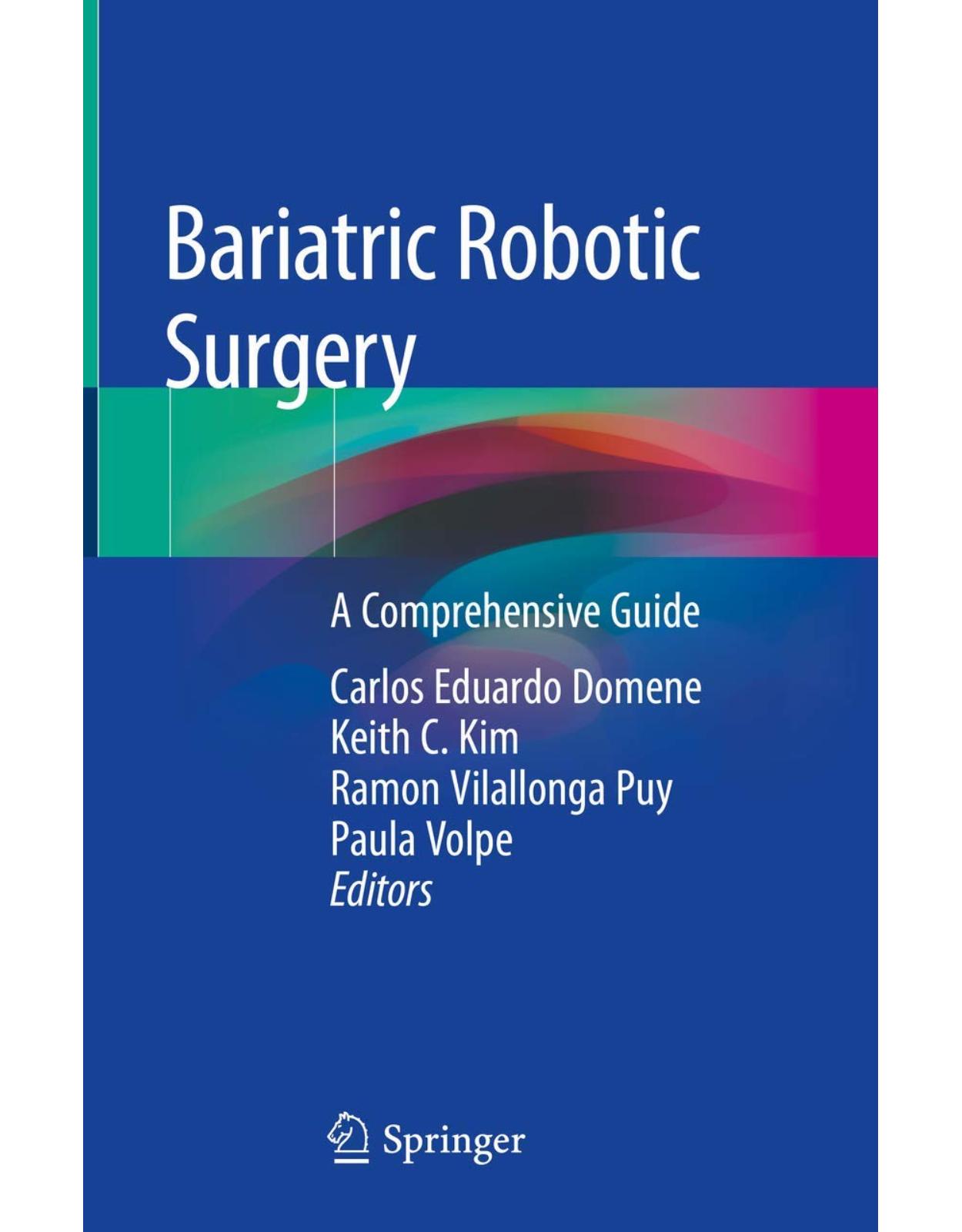

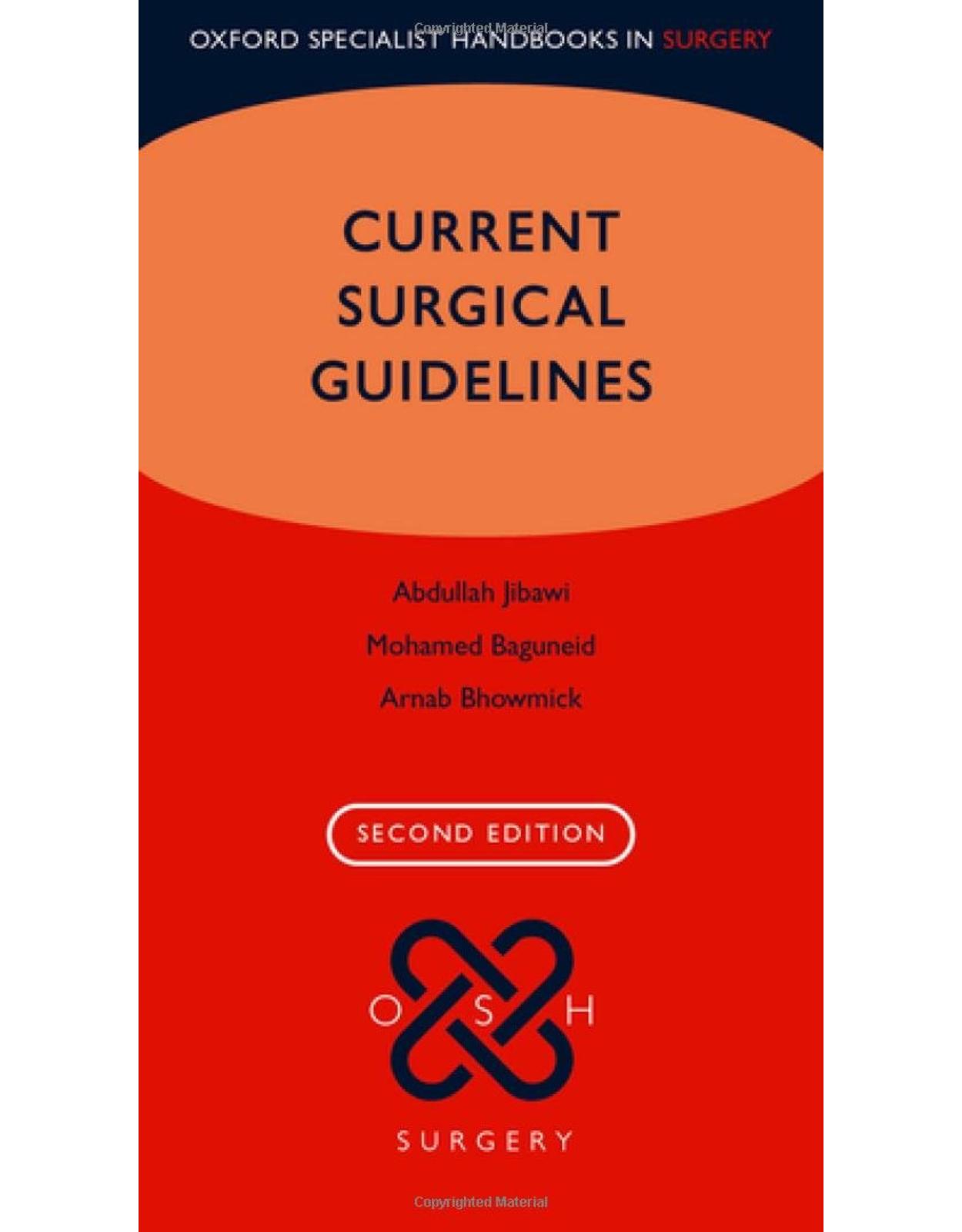
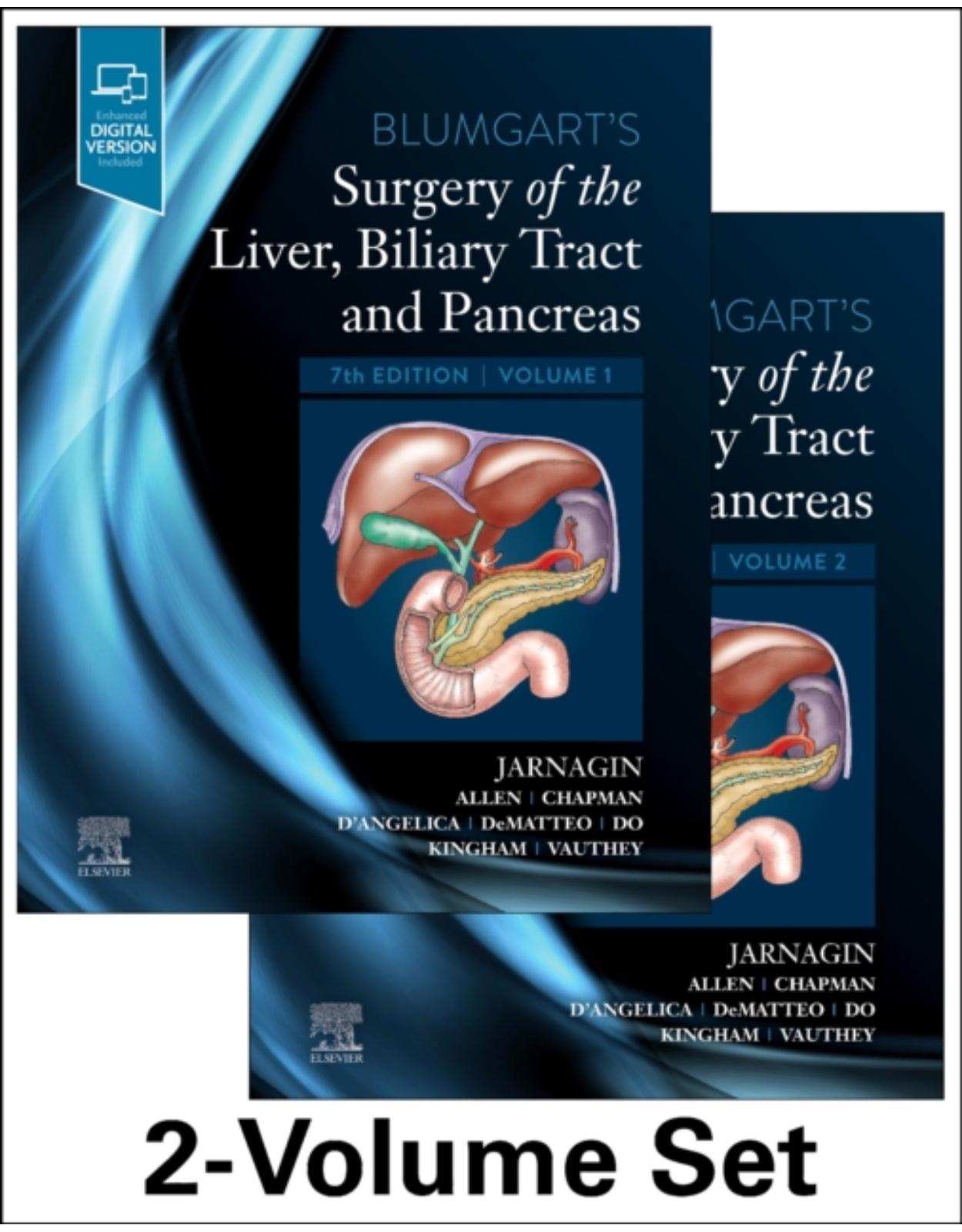

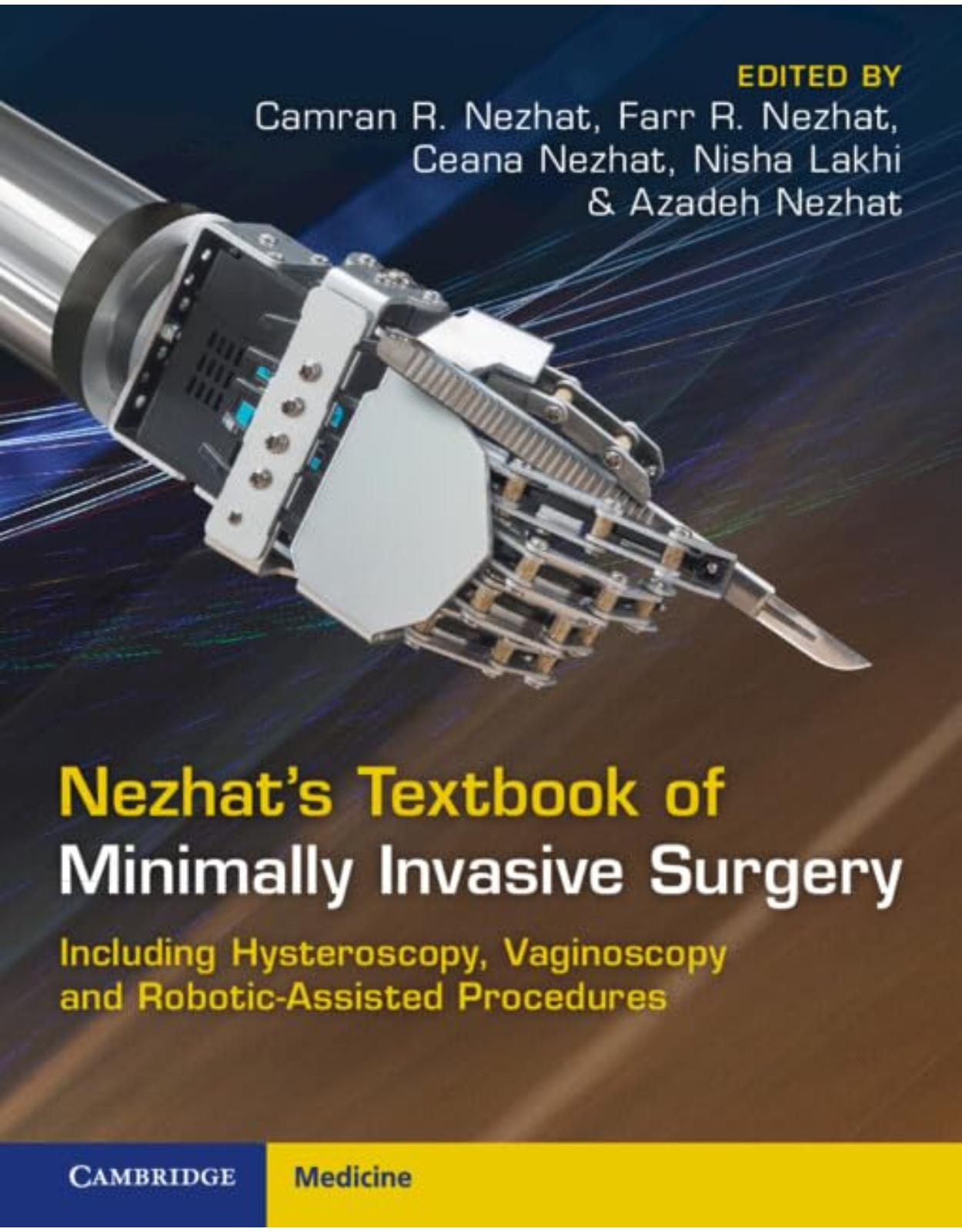
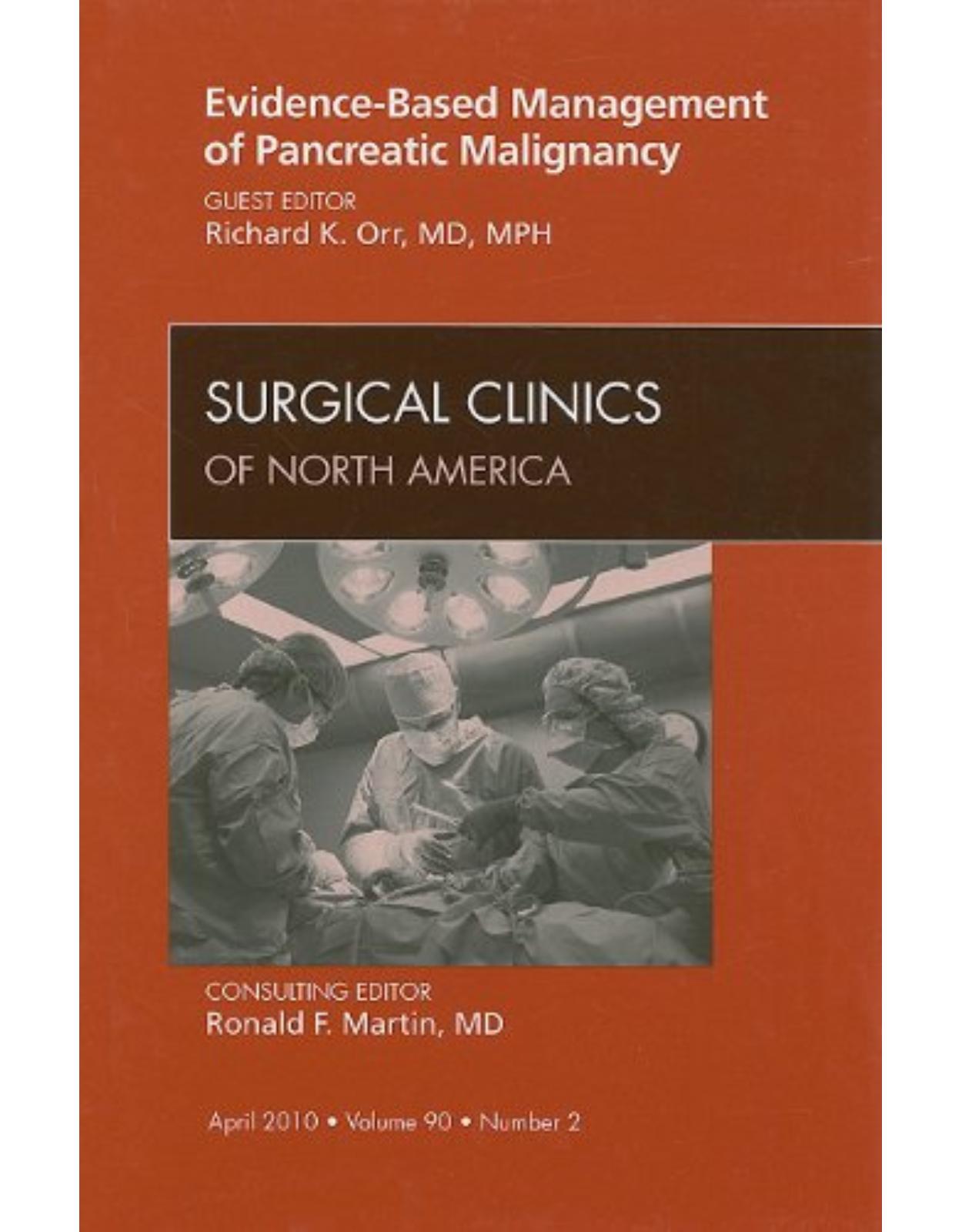


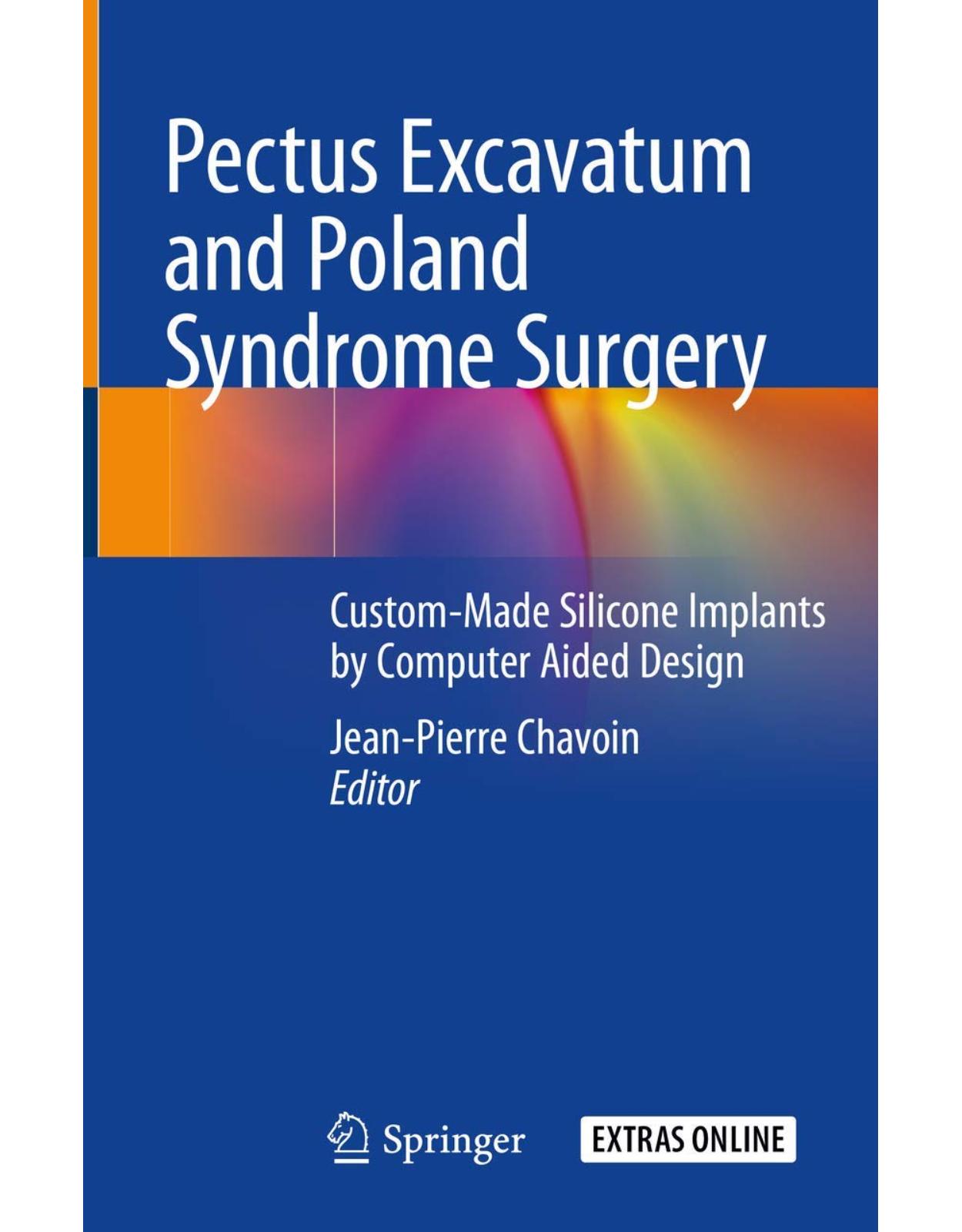
Clientii ebookshop.ro nu au adaugat inca opinii pentru acest produs. Fii primul care adauga o parere, folosind formularul de mai jos.